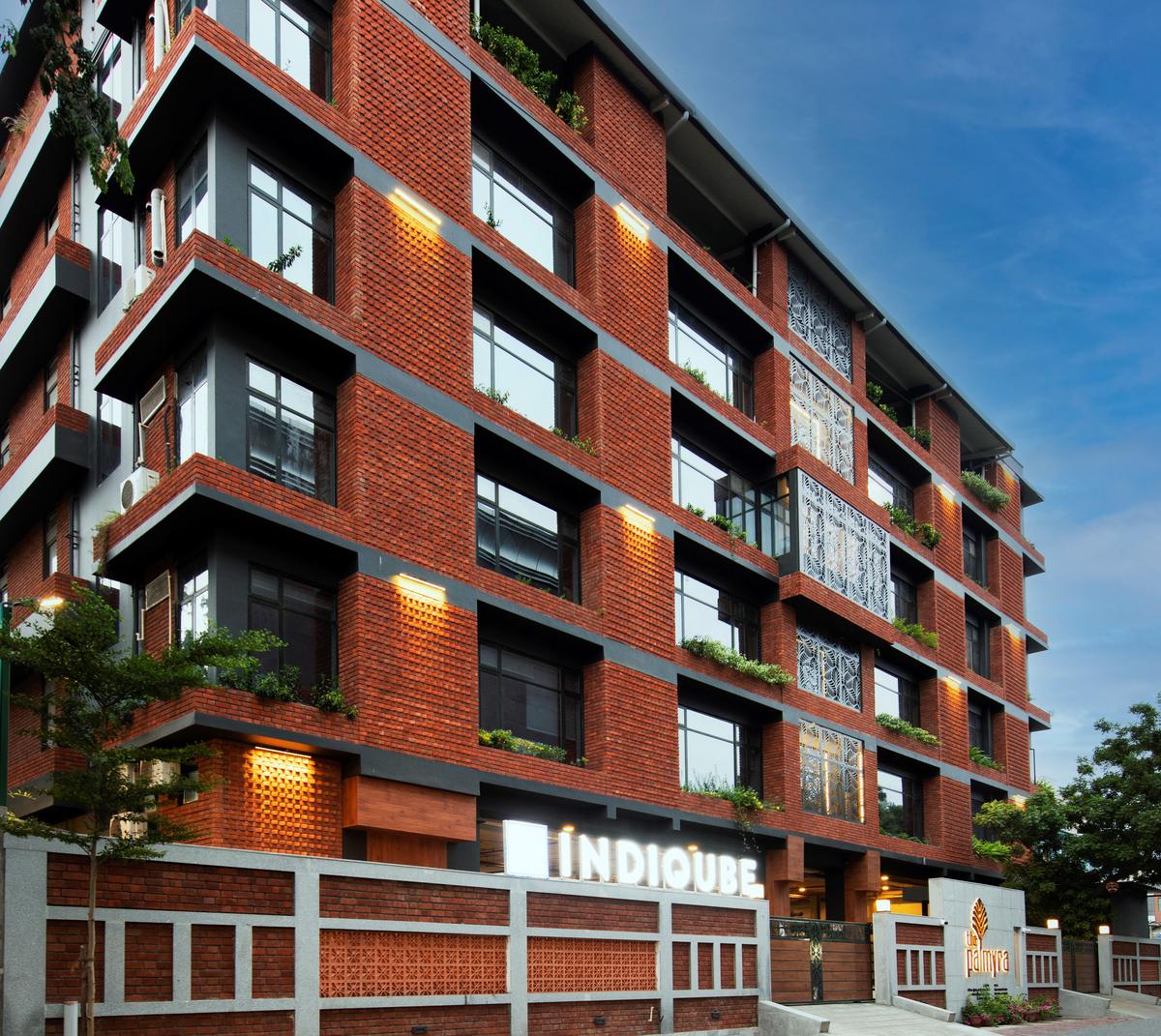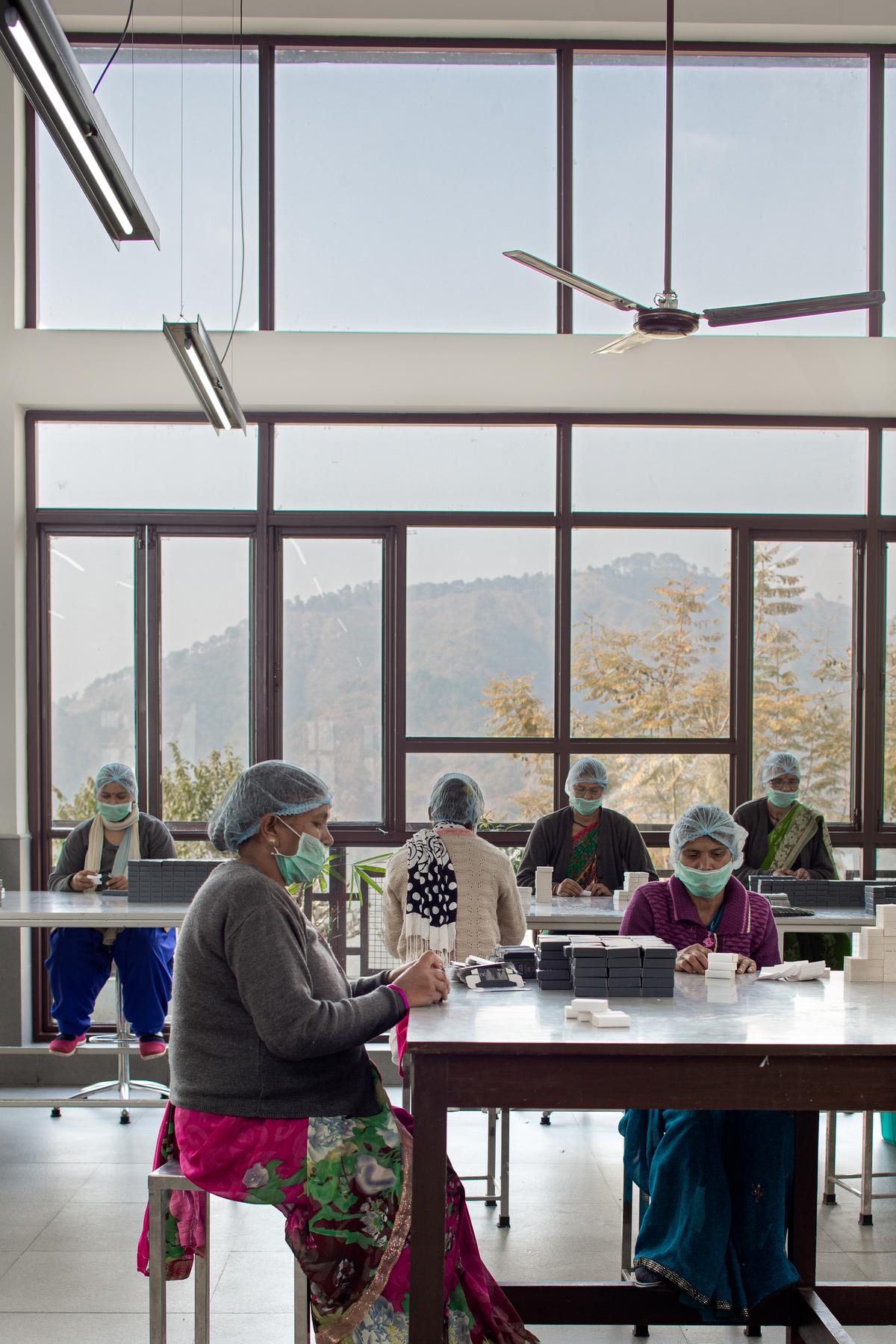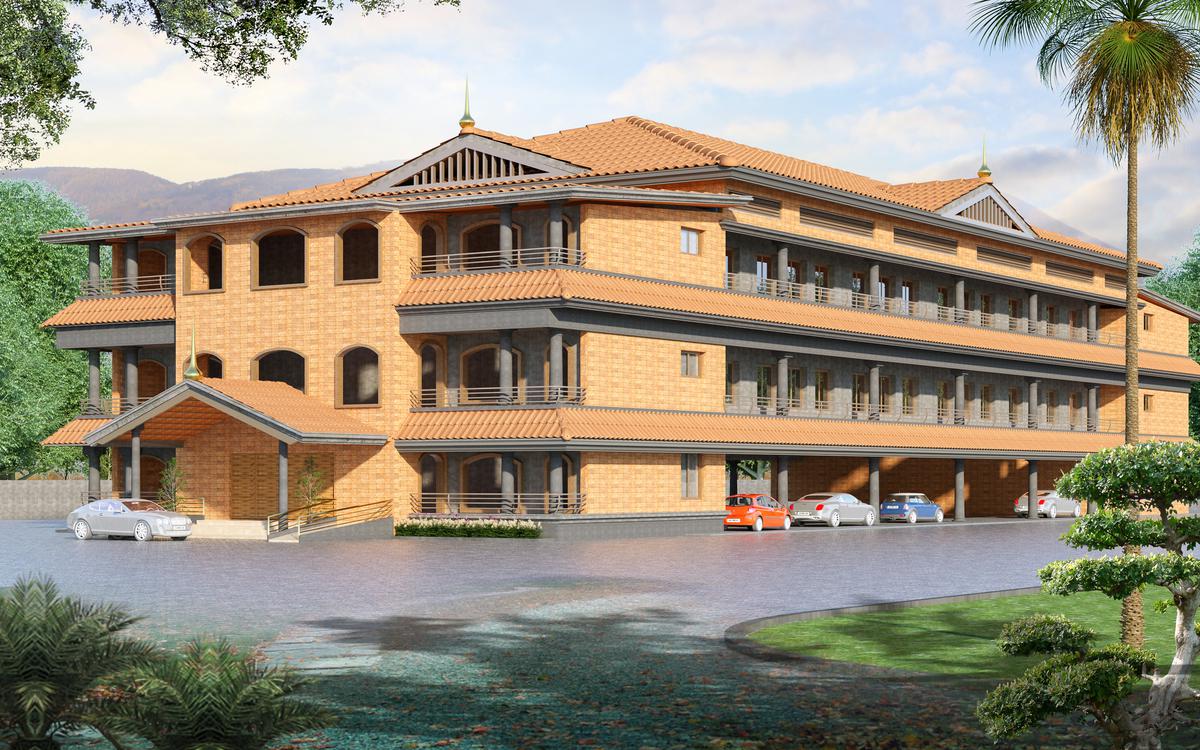A 2020 report by McKinsey Global Institute titled ‘Will India be too hot to work?’ states that ‘India could become one of the first places in the world to experience heatwaves that exceed the survival limit of a healthy human resting in the shade, and this could happen as early as the next decade’ Is’.
Among other ways to reduce it, the report suggests reflective electric heat management efforts in cities, and setting up early-warning systems and cooling shelters to protect people. This is why, adopting climate-responsive design is one of the most important aspects the construction industry can look into, given that this sector is responsible for 38% of global greenhouse gas emissions, of which steel and cement Production itself accounted for 15%.
“It is important to be aware of the climate and environment we are building in. We don’t need to restart the cycle again and again. The old traditional houses of the area that have stood the test of time can be a good reference, to analyze and document these systems and then tweak them as per our requirements,” Pune-based Priyanka Gunjikar, Building Inn Mud’s Principal Architect says.
Priyanka Gunjikar’s project near Mandangarh, Maharashtra | Photo Credit: Special Arrangement
Take for example the Gunjikar project near Mandangarh in Maharashtra. Badly affected by the Nisarga cyclone a few years back, the duo built a framed structure using local wood and laterite infill for the walls, as seen in the traditional housing typology of the region. “In such a climate, we didn’t need thicker walls for thermal mass, but better finishes that would act as humidity regulators. When the cyclone hit the structure, some locals living nearby noticed that the roof on one side went up by two feet and came back to its original position. The only damage to the house was minor plaster cracks on the walls. On the other hand, the new RCC structures around us suffered far more damage with broken slabs, walls and metal roofs that were blown away,” explains Gunjikar.
construction hazards
Renowned architect Benny Kuriakose, known for his sustainable construction practices, has always supported indigenous techniques and been vocal about where modern architecture is going wrong. “The environmental conditions under which structures must function are changing fundamentally as a result of climate change and global warming. Climate change poses an existential threat, and buildings are a major contributor,” he wrote in his May 2022 blog ‘Western Style Construction Influence on Climate Change and Extreme Heat Effects’.
Therefore, for anyone looking to build their home or office in line with climate-responsive design principles, there are a few important factors to consider. These include getting natural ventilation and daylight within buildings, using appropriate building materials that are insulating and regional, and our penchant for natural vegetation, says Anupama Mohanram, architect and founder of Green Evolution, a Chennai-based firm. There is enough risk.

Palmyra, Ekkaduthangal | Photo credit: R Radhakrishnan
The Palmyra, Ekkaduthangal, an office building he designed, includes some eco-sensitive features such as energy-efficiency and water conservation principles. “We also designed a façade of handmade bricks and metal Fake in a custom design. This is to aid ventilation and bring out interesting light and shadow patterns,” explains Mohanram.
a factory in the hills
Taking us through the Lodsi Community Project for Forest Essentials in Uttarakhand, Sonali Rastogi, co-founding partner at Morphogenesis, who designed it, explains how the manufacturing facility’s design draws inspiration from a traditional Garhwali kholi (house) . “The building is essentially a rectangular volume, oriented along an east-west axis, with a central entry that divides the facility into two parts. The cold environment for the functions (herb grinding, packaging and storage) are located on the upper floor, while the preparatory functions with higher internal heat gain are located on the lower floor.
While the project has a minimal air-conditioning system “to maintain the air quality and humidity necessary for the manufacture of body care products”, there are no heaters in the building.
“The heating requirements are taken care of by studying the angles of the sun, controlling the penetration of sunlight, using cavity walls and air cavities within the building,” says Sonali.
For similar structures built in cold regions, she recommends a clear understanding of the sun’s path and the use of cavity walls with an insulating layer of air between them.

Lodsi Community Project for Forest Essentials in Uttarakhand | photo credit: knots and crosses
Varsha Jain, principal architect and co-founder of Creative Architects & Interiors (CAI), who designed the midway shelter (at a cost of ₹110 crore) for Sabarimala pilgrims, from the cold terrain of Uttarakhand to the hot and humid climate of Kerala. The main idea behind the design of these buildings was to incorporate the traditional Kerala architectural style that is responsive to the local climate. Expected to be ready this year, Jain says the project includes a range of passive cooling techniques. These include a sloping roof with Mangalore tiles and puff panels to account for rain and temperature control, verandas that act as buffers from rain and sun, and shading spaces to ensure that Several levels are broken down to provide earthen windows for better. Interior Air Flow, among others.
While natural materials outperform contemporary alternatives in most ways, they need to be used sensitively. “Their selection should be based on the areas where they are found in abundance and whether they can replenish themselves”, says Rastogi. area or that which grows rapidly.
“I also like to use textiles like jute that bring an element of natural texture. Clay in its various forms, clay blocks or plaster, is another material we love to incorporate, but materials that Tramples all, she is the light of day.

Midway shelters coming up for Sabarimala pilgrims in Kerala | Photo Credit: Special Arrangement
cost factor
Typically, the cost of constructing climate-efficient buildings is equal to or slightly higher than that of conventional RCC structures, explains Gunjikar. However, the operating costs of air conditioning and electricity are not considered in the cost of construction of these traditional buildings. “The non-breathable walls and lack of proper ventilation and thermal comfort in these buildings force them to use high embodied energy systems for cooling.”
Pointing out how climate-efficient buildings largely reduce excessive material use and use regionally manufactured materials, Mohanram says this will help bring down the cost of civil construction. “The use of passive solar design strategies, solar photovoltaics and energy efficient fixtures and appliances will result in long-term electricity savings for occupants throughout the life of the building. Water conservation strategies will ensure water security for the future and reduce long-term costs.”
There are many ways contemporary architecture is getting it wrong, Gunjikar says, adding that many tall, glass-fronted buildings in many cities without much thought about lighting and ventilation are increasing the operating costs of cooling interior spaces.
“To remain sustainable, we need to promote our artisans, build local economies, use local and regional materials, and build culturally relevant buildings. Such architecture not only inspires us and brings alive but also ensure environmental sustainability,” concluded Mohanram.